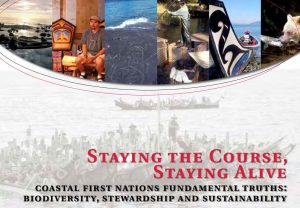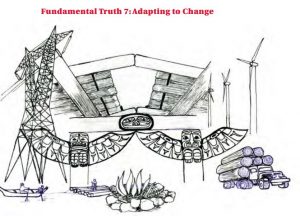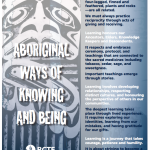Anishinaabe artist creates Turtle Island emoji to celebrate National Indigenous History Month in Canada
Designing a pictograph that can represent the broad diversity of Indigenous people is a very complex task that requires to be cautious in regards to stereotype constructions and that can encompass the different Indigenous communities across the country. However, Chief Lady Bird, an Anishinaabe artist based in Toronto who is from Rama First Nation and Moosedeer Point First Nation, designed an emoji that differs to such stereotypes and the typical lens through which many people view Indigeneity.
“It’s important to note that I don’t believe that one symbol can represent the vastness of Indigenous people. Every nation, every language group, every clan, every individual indigenous person has a distinct story & it would be unfair to ever imply that we fall under one category.”
The depiction of a turtle, tree and the sun represents Turtle Island, “which is the English name of the continent of North America as translated from a number of native languages.”
This emoji was designated to commemorate National Indigenous History Month; and as Jenniffer Hollett, Head of News, Twitter Canada emphasized: “The emoji designed by Chief Lady Bird and related hashtags recognize and celebrate powerful Indigenous voices and movements on Twitter”.
This digital representation expresses an initiative of cultural activism for Indigenous representation through social media where the wider public can connect and have access to Indigenous perspectives.
https://globalvoices.org/2018/06/04/anishinaabe-artist-creates-turtle-island-emoji-to-celebrate-national-indigenous-history-month-in-canada/




